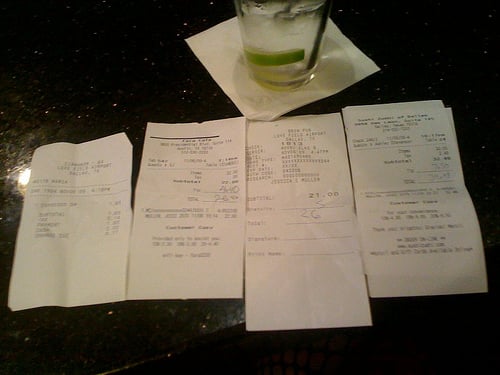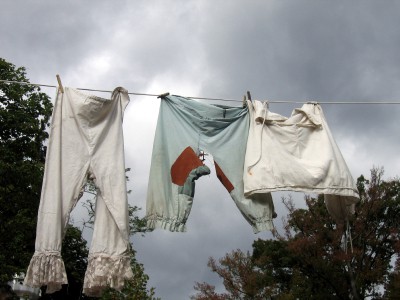It’s the little foxes that kill the vineyard. In other words, its rarely the major things that keep us from achieving a goal; instead, it’s the small things. In personal finance, this is definitely true. Especially in the realm of personal spending habits. Oftentimes people tend to think that buying big ticket items without planning and budgeting for them is what keeps people from moving ahead financially. However, it’s pretty easy to cut out those big ticket items like the new flatscreen tv, the new car, the expensive clothes, etc. It’s an entirely different story, trying to cut back on all of our favorite “innocent expenses.”
Innocent Expenses
I like to define “innocent expenses.” These are those expenses that range from just a few dollars to maybe $20. You never think about how much they could damage your bottom line of positive cash flow for the month because the individual purchase is so small. However, these “innocent expenses” can add up to be quite a large number by the end of the month.
Coffee—A Common Killer
A small cup of coffee is a perfect example. Let’s assume that you buy a Grande Amerciano from Starbucks every morning on the way to work. Your office provides complimentary coffee all day long, but you really love that Starbucks taste! A Grande Americano is going to run you $2.54, depending on local sales tax. If you do that 6 days a week (because you go run errands on Saturday and always make a coffee stop), you are going to spend about $60.96 per month! That’s a good chunk of change.
The Solution
Just because Starbucks costs over $60 per month doesn’t mean a person shouldn’t do it. There are so many factors to consider when setting a personal budget. We are just using the daily Americano purchase as an example. If your goal is to build savings, eliminate debt and move ahead financially, then cutting back on these innocent expenses is a huge key.
The best way to practically do this is to conduct a 1 month evaluation of your personal spending habits. For 30 days, commit to write down and track every single expense. Everything from a pack of gum to a flatscreen television. Keep every receipt and write down every single expense in an Excel document or notebook.
At the end of the 30 day evaluation, grab a glass of Cabernet or your favorite drink, take a seat at the kitchen table, and take out your list of expenses and receipts. Now the fun starts. Take out a blank sheet of paper and make two columns titled, “Essential” and “Non-Essential.” Now, place each expense in one of these two columns. Let’s be clear, though. Essential expenses are those that you have little to no choice about. Examples would be mortgage, utilities, daycare, loan payments, etc. Even if you feel like that Americano purchase is essential, it still needs to be placed in “Non-essential!”
Once you place each expense in the proper column, now take an honest objective look at all of your discretionary or non-essential expenses. Are there areas you can cut back? Are there common expenses that you regret or can do without and still live comfortably? That is actually a very important point. Personal budgeting is not about forcing a person to live a monastic life of complete self-denial. The goal is to cut expenses as much as possible and still live comfortably.
Now, once you identify certain spending patterns you want to eliminate, the hard work starts. Now you have to have stop spending money on those things, and that is not easy. The best way to do this is to work with your partner or a close friend to keep you accountable. Building wealth and financial freedom takes time, but cutting back on those innocent expenses can do wonders in stretching your dollars each month.About the author


